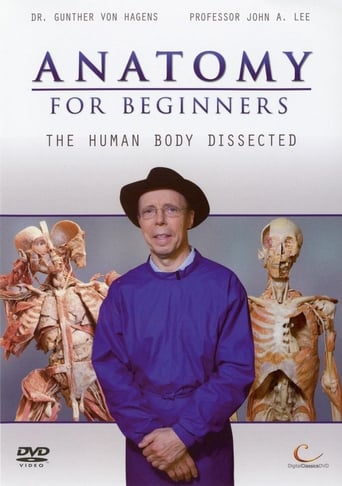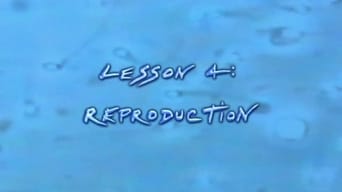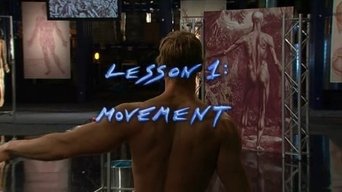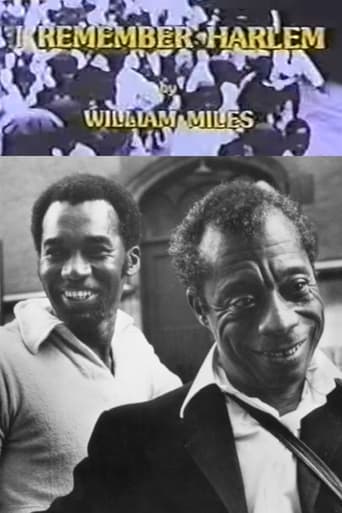Anatomy for Beginners Season 1

Anatomy for Beginners is a television show created by Gunther von Hagens. In this 4-part series, Dr Gunther von Hagens and Professor John Lee demonstrated the anatomical structure and workings of the body. The 4 episodes were screened in the United Kingdom on Channel 4 in 2005. The show features public anatomy demonstrations with the use of real human cadavers and live nude models, carried out at Gunther von Hagens' "Institute for Plastination" in Heidelberg, Germany. Dr von Hagens’ public demonstrations are not formal anatomy dissections performed by medical students in some countries as part of their medical training. Formal dissection are performed slowly and take dozens of hours of dissection. Anatomy for Beginners performs quicker autopsy and also combines with demonstration of plastinated body parts and specimens to gives just a glimpse of the human anatomy. The individuals on whom the demonstration was performed had, before their death, enrolled on von Hagens’ body donor programme and consented to the use of their bodies for public education in anatomy, including public demonstration.
Watch NowWith 30 Day Free Trial!
Anatomy for Beginners
2005
Controversial anatomist Dr. Gunther von Hagens shows the beauty of the human body and shows the mysteries of our own bodies. In each episode is a human dissection, carried out by Dr. Guther von Hagens along side him is pathologist Professor John A. Lee.
Watch Trailer
Anatomy for Beginners Season 1 Full Episode Guide
Bonus program on the DVD, which has been edited from the first four episodes. Also broadcast as 5th episode on Channel 4, SBS etc.
The theme of this dissection was reproduction. Dr von Hagens revealed the organs that carry a sperm from its origin in the testis, through many metres of convoluted tubing and into the female genital tract. The dissection, especially of the male genital tract, is challenging because many of the tubes are small and hidden within the bony walls of the pelvis. The dissection involved cutting through the bones of the pelvis in just the right place to keep the relevant organs in tact.
The theme of this dissection was digestion. This demonstration uncovered the organs that carry food through the body, from the mouth to the anus, taking in various different portions of the digestive tract (also know as the gut or intestine). It also revealed the organs that support the gut in digesting food, like the liver and pancreas, together with those that help remove waste products from the body fluids, like the kidneys.
The theme of this dissection was circulation. Two interrelated systems were revealed: the lungs or respiratory system, and the heart and blood vessels or circulatory system. Both systems are involved in oxygen metabolism.
The theme of this dissection was movement. The body was opened to reveal the muscles, tendons, ligaments and bones that interact to make up the mechanics of movement. Also revealed were the brain and spinal cord that drive and coordinate movement along with peripheral nerves that convey instructions from the central controllers to the muscles.
Free Trial Channels
Seasons








































